Nam So is the only highland village of Muong Khoa commune, Tan Uyen district (Lai Chau) with 100% of the population being Lao ethnic. In recent years, with the attention of the Party and State, the economic, cultural and social life in Nam So has changed a lot.
Tea trees bring stable income to Nam So people.
Previously, Nam So was a particularly difficult village of Muong Khoa commune. The road to the village was winding, the soil and rocks were rough, and when it rained it was slippery, making it difficult to travel, and the people's lives were lacking in every way. Now, Nam So has returned to a system of flat concrete roads, with electricity from house to alley.
People no longer let their livestock and poultry roam freely under the floor like before, every house has its own livestock area. People have learned to apply science and technology in production and livestock raising, and know how to go to the health station for regular check-ups. Many new ways of thinking and doing have changed the lives of the Lao people here day by day.
According to Village Chief and Party Cell Secretary of Nam So Village Lo Van Doi, the biggest change for the Lao people in Nam So is that the village and neighborhood relationships are increasingly close and intimate, and the solidarity within the community is increasingly strong.
While receiving our delegation, the village chief of Doi village called the villagers. Just ten minutes later, the elderly, women and children were all dressed up and present at the cultural house to welcome the guests with bright smiles. The villagers came because they heard that officials from the province were coming to study and write articles about the culture and life of the Lao people.
The cultural house of Nam So village is special in that the stilt house is located at the beginning of the village in the middle of a vast rice field. The yard is large, airy, beautiful, without a roof, but enough for the whole village to meet, do activities, sing, dance, play drums, and play gongs.
This is also where the Party's guidelines and policies and the State's laws reach the people in the most complete and comprehensive way. Before there was a cultural house, all activities of the villagers were often concentrated at the village chief's house. When there was a policy to build a cultural house, everyone eagerly awaited a common living space.
Therefore, the villagers fully supported the policy of building a cultural house, participated in donating land, and contributed labor with the contractor to speed up the progress. After nearly a year, the village cultural house was inaugurated, along with a solid internal traffic system. This result was achieved thanks to the mobilization of village and commune leaders at all levels, the consensus of the villagers who contributed hundreds of working days and donated more than 2,000 square meters of land.
What is special is that the elderly in Nam So still maintain the custom of blackening their teeth, making musical instruments and the gong dance. It has become a tradition that in the spring and on festival days, when the drums and gongs of the men sound, the elderly and children call out to each other, in bright clothes, gathering at the village cultural house to practice.
Ms. Lo Thi Ban, Head of the Nam So Village Art Troupe, said: “Implementing the Resolution of the province, district and the orientation of the commune on preserving and promoting the fine cultural identity of ethnic groups associated with tourism development in Lai Chau province, the village has established an art troupe with 15 members who are the core force of the next generation, love ethnic culture, know how to absorb and learn from previous generations, and every day, receive traditional cultural values of their ethnic group from the village artisans.”
Mr. Lo Van Keo, over 70 years old, whenever they get together, he often talks about the famous product of Nam So, Shan Tuyet tea. But in recent years, this “green gold” drink has officially brought money to the people. Previously, people only took Shan Tuyet tea leaves to brew water to drink, or boil water for bathing children.
Now that there is convenient transportation, people do not have to go far. When harvesting, people from Than Uyen Tea Joint Stock Company come to buy tea buds right at the beginning of the field. The amount of tea buds is stable, bringing a significant monthly income to the people in the village.
Up to now, many households in the village have high income from tea trees and livestock production. A typical example is Lo Van Mai's household. Each year, the income from fresh tea buds alone brings his family about 150 million VND. Not to mention the area of more than 2 hectares of rice, each crop gives the family hundreds of bags of rice to serve livestock and develop the barn economy.
Realizing that tea trees bring high economic value, not only stopping at the old tea area, recently people have planted nearly 60 hectares of Kim Tuyen tea. People said that this area continues to be expanded and is turning tea trees into a spearhead in the process of poverty reduction and economic development.
Nam So has 138 households, 660 people, the whole village has 65 hectares of rice land for two crops. With a convenient irrigation system, people choose new rice varieties for cultivation, invest in fertilizers, care, apply scientific knowledge, rice yield is always high.
In addition to income from tea trees and livestock production, each year, people receive about 350 million VND from forest environmental services. This significant source of income helps improve people's lives, as well as their responsibility to preserve and protect the forest better.
Secretary of the Muong Khoa Commune Party Committee Truong Thanh Hieu shared: “Many programs and projects to help people eliminate hunger and reduce poverty have been implemented such as: The National Target Program for Sustainable Poverty Reduction for the 2021-2025 period; The New Rural Development Program..., the average income per capita of Nam So people currently reaches nearly 50 million VND/person/year; the commune has no more hungry households, the poverty rate has decreased every year with an average decrease of 3-5%. Nam So today does not have to worry about going hungry like before. Lao ethnic people know how to apply science to livestock farming and cultivation, many families have food and savings, rising out of poverty...”
According to Tuan Hung/nhandan.vn
Source: https://baophutho.vn/doi-thay-o-vung-cao-nam-so-222610.htm


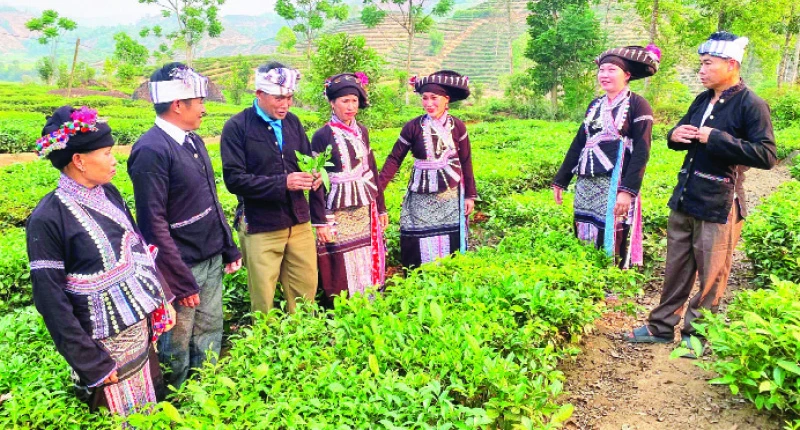
![[Photo] Tourists line up to receive special information publications from Nhan Dan Newspaper](https://vstatic.vietnam.vn/vietnam/resource/IMAGE/2025/4/24/3ac2c0b871244512821f155998ffdd60)
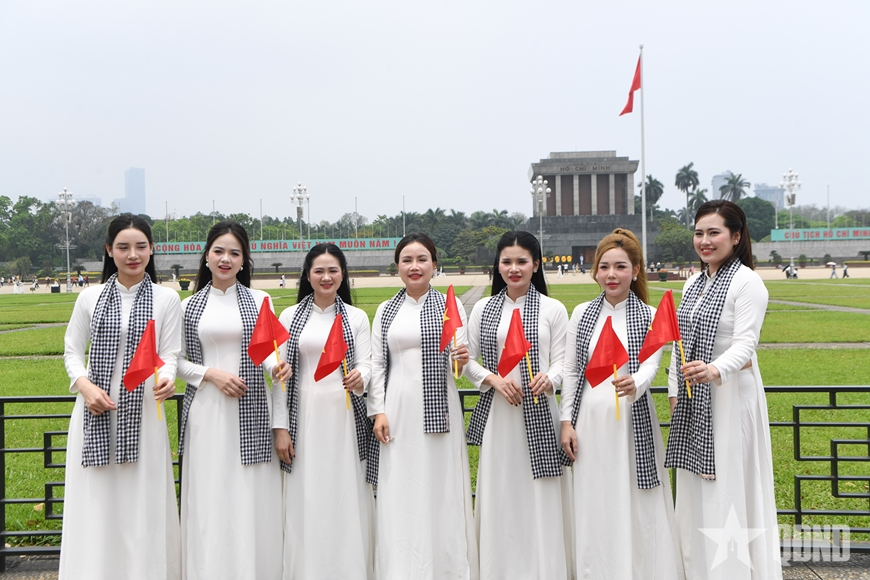
![[Photo] General Secretary To Lam receives Philippine Ambassador Meynardo Los Banos Montealegre](https://vstatic.vietnam.vn/vietnam/resource/IMAGE/2025/4/24/6b6762efa7ce44f0b61126a695adf05d)
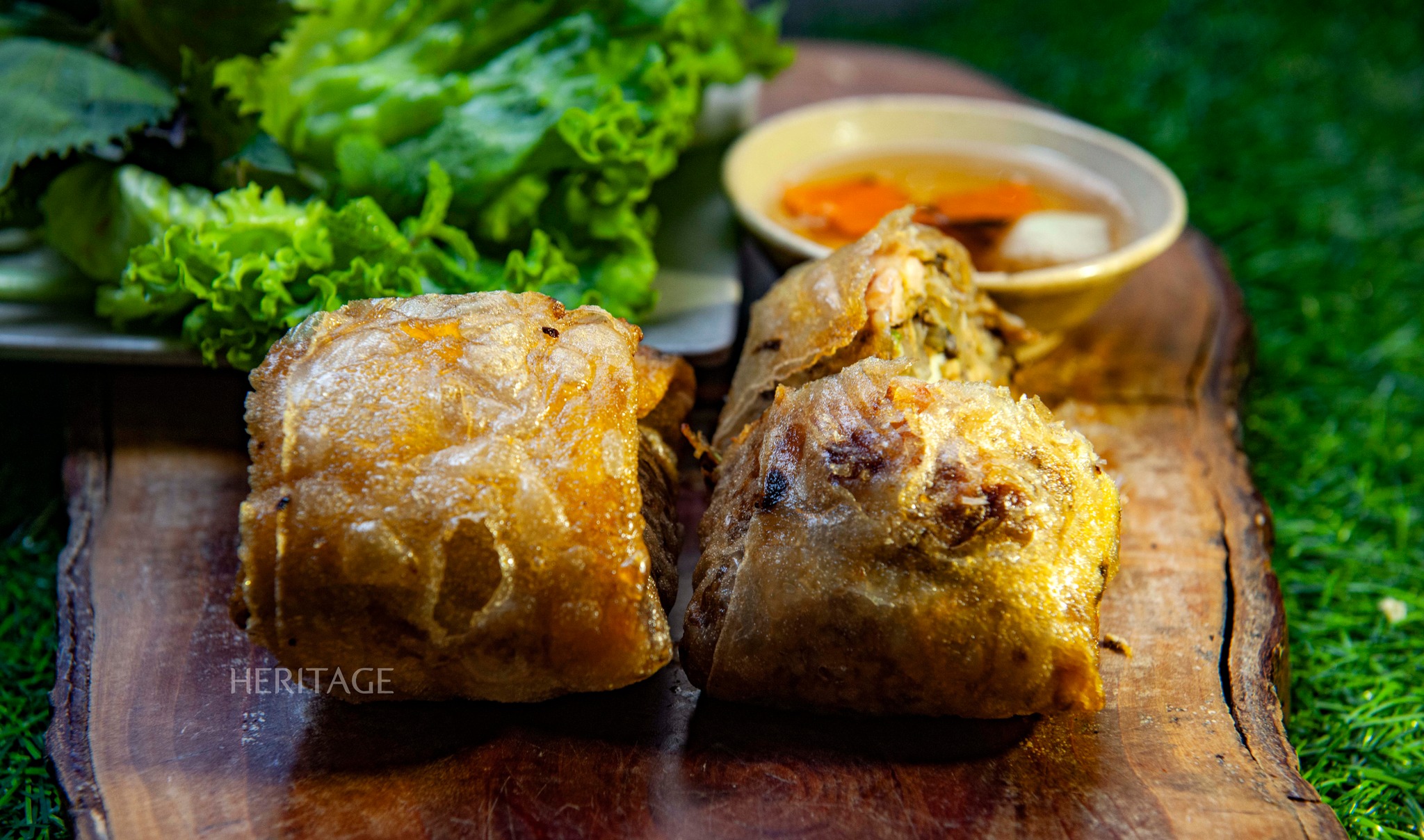
![[Photo] President Luong Cuong holds talks with Lao General Secretary and President Thongloun Sisoulith](https://vstatic.vietnam.vn/vietnam/resource/IMAGE/2025/4/24/98d46f3dbee14bb6bd15dbe2ad5a7338)
![[Photo] Prime Minister Pham Minh Chinh works with the Academy of Posts and Telecommunications Technology](https://vstatic.vietnam.vn/vietnam/resource/IMAGE/2025/4/24/83f86984b516422fb64bb4640c4f85eb)
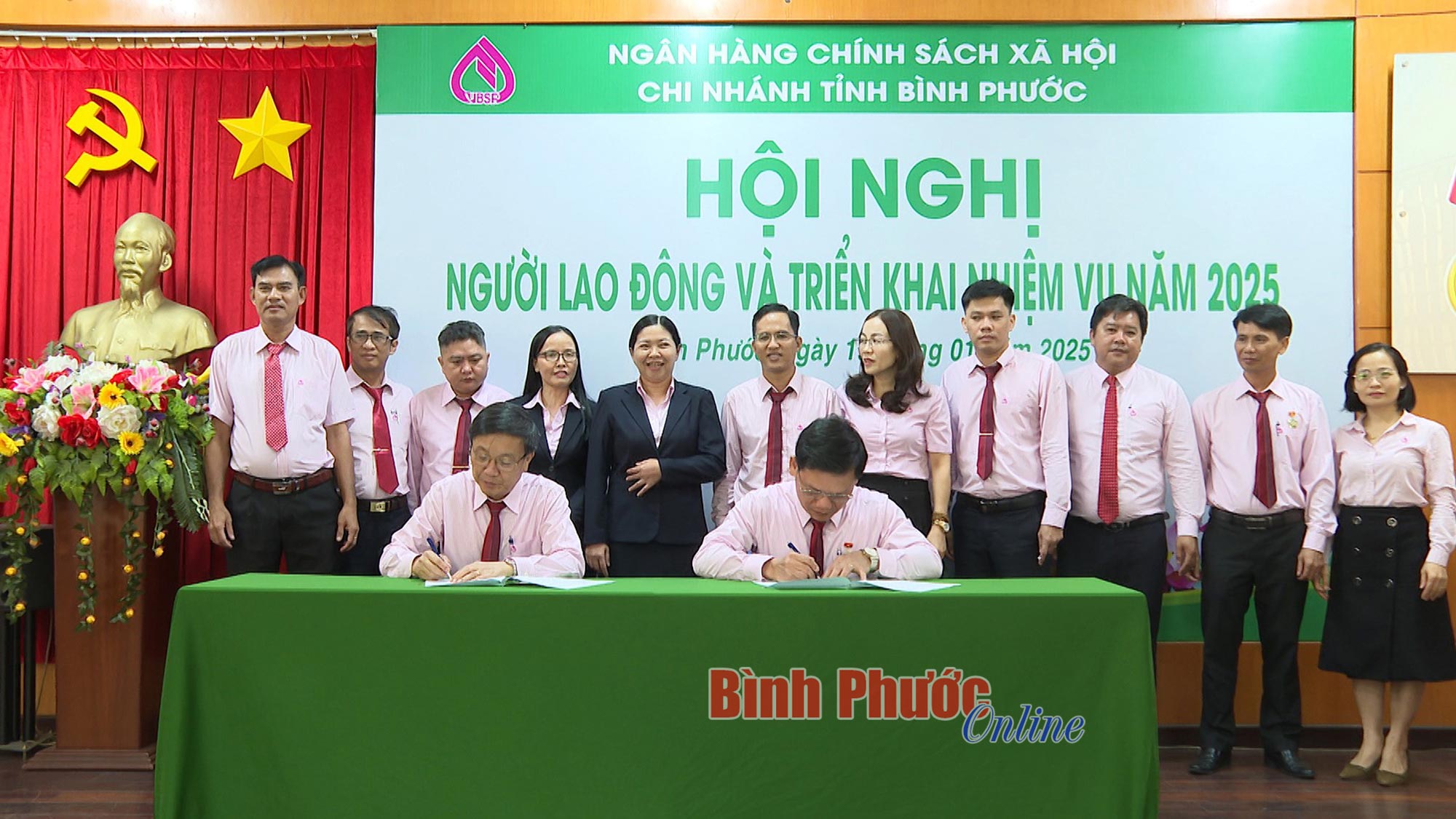
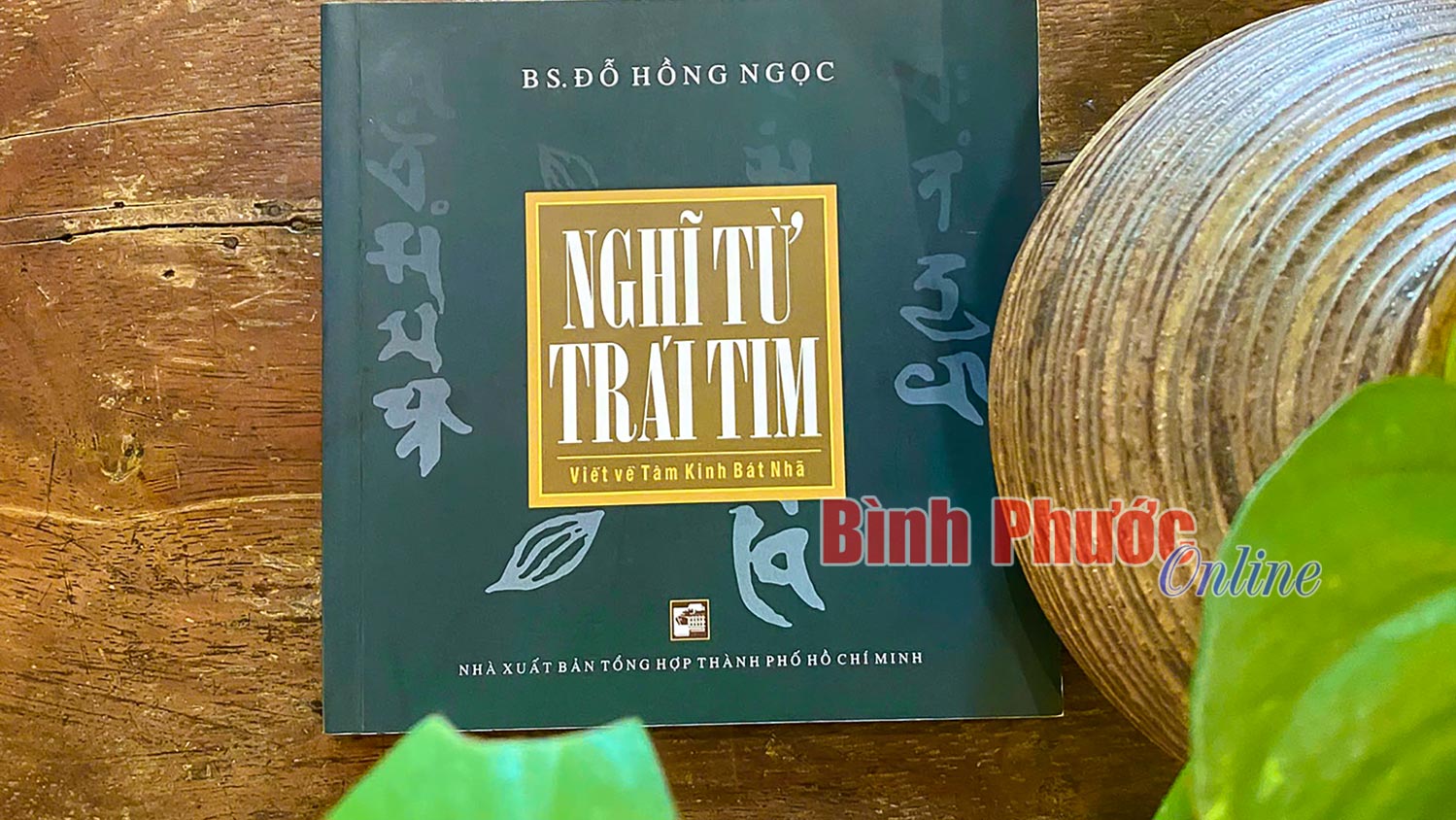
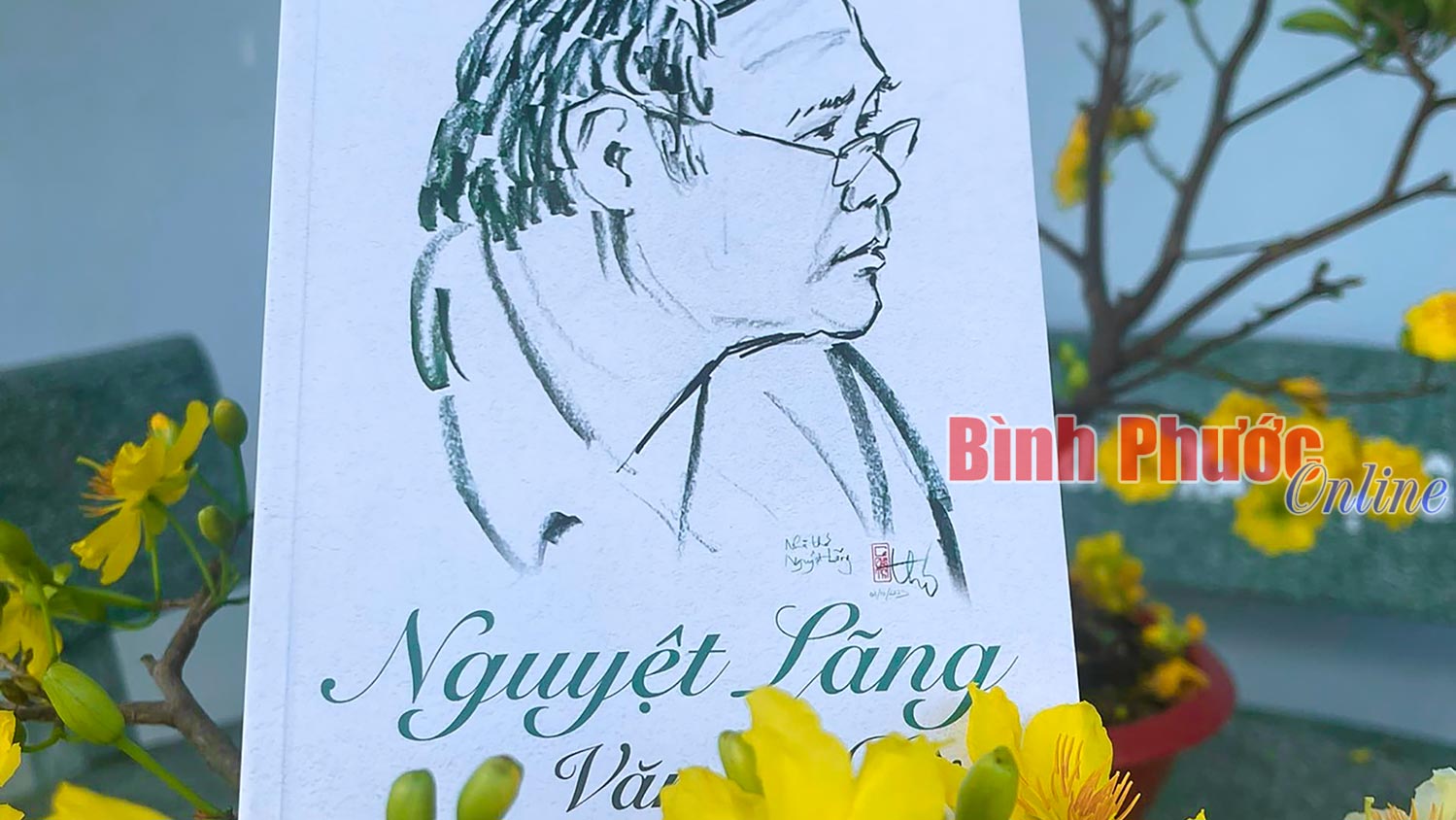

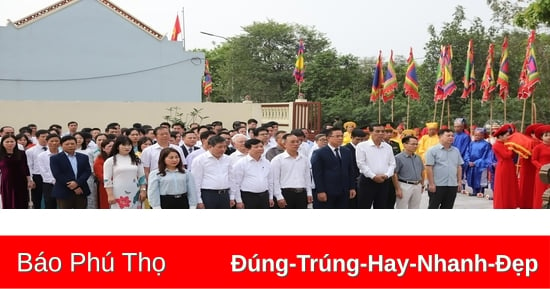
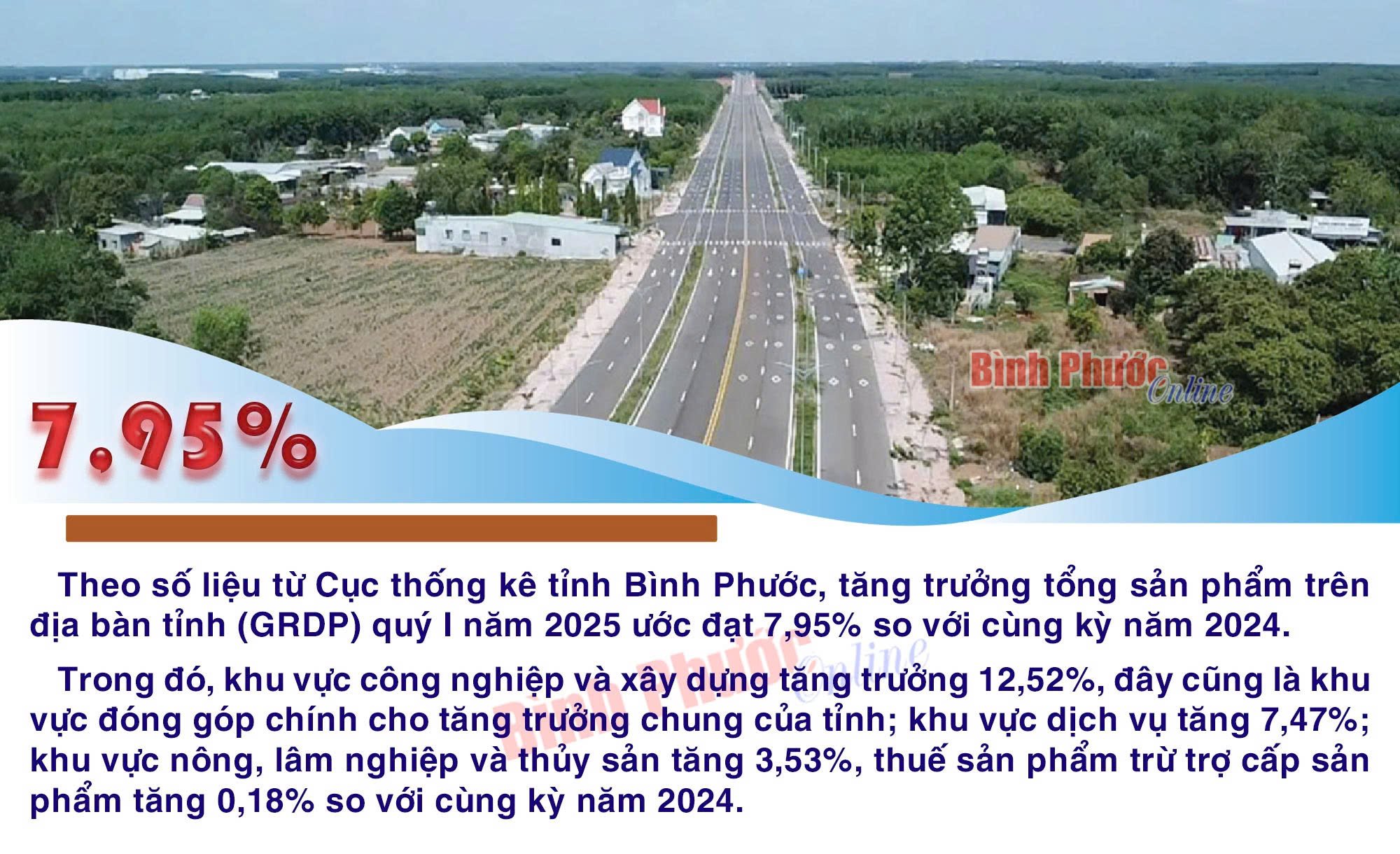
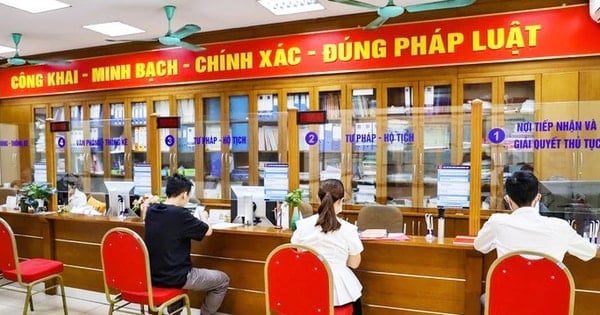
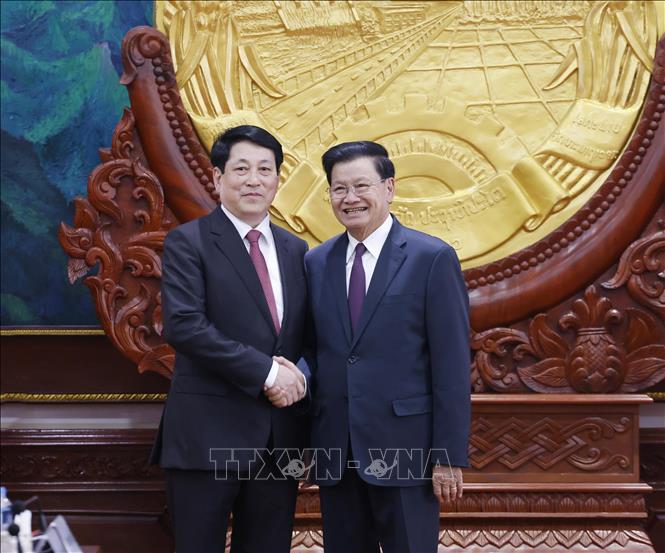


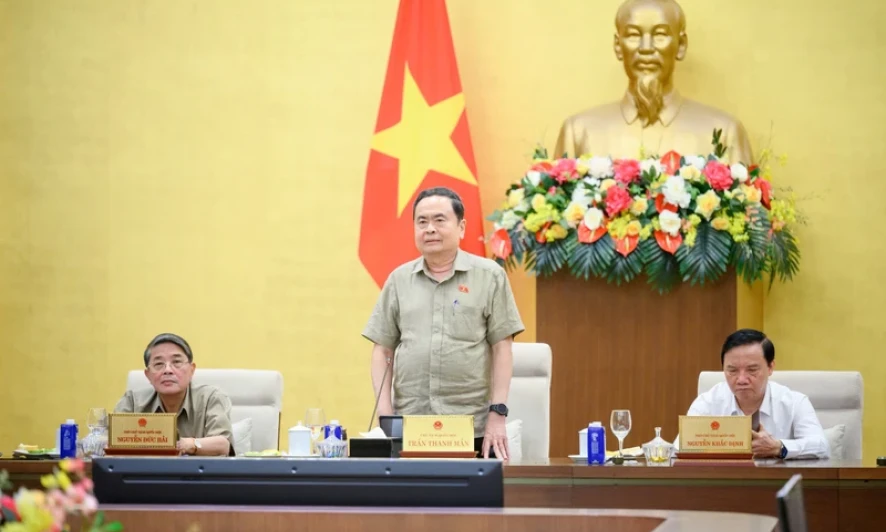
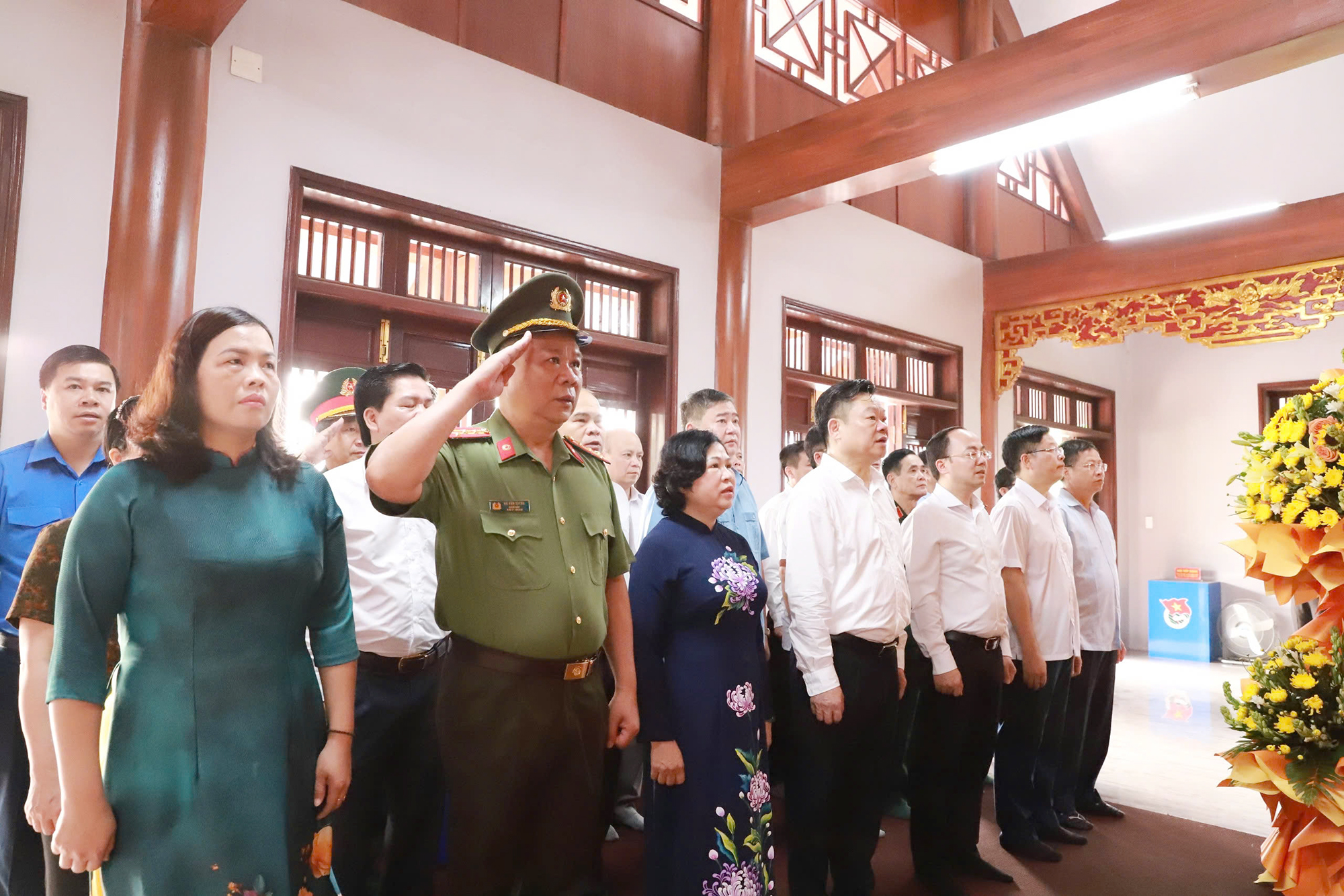
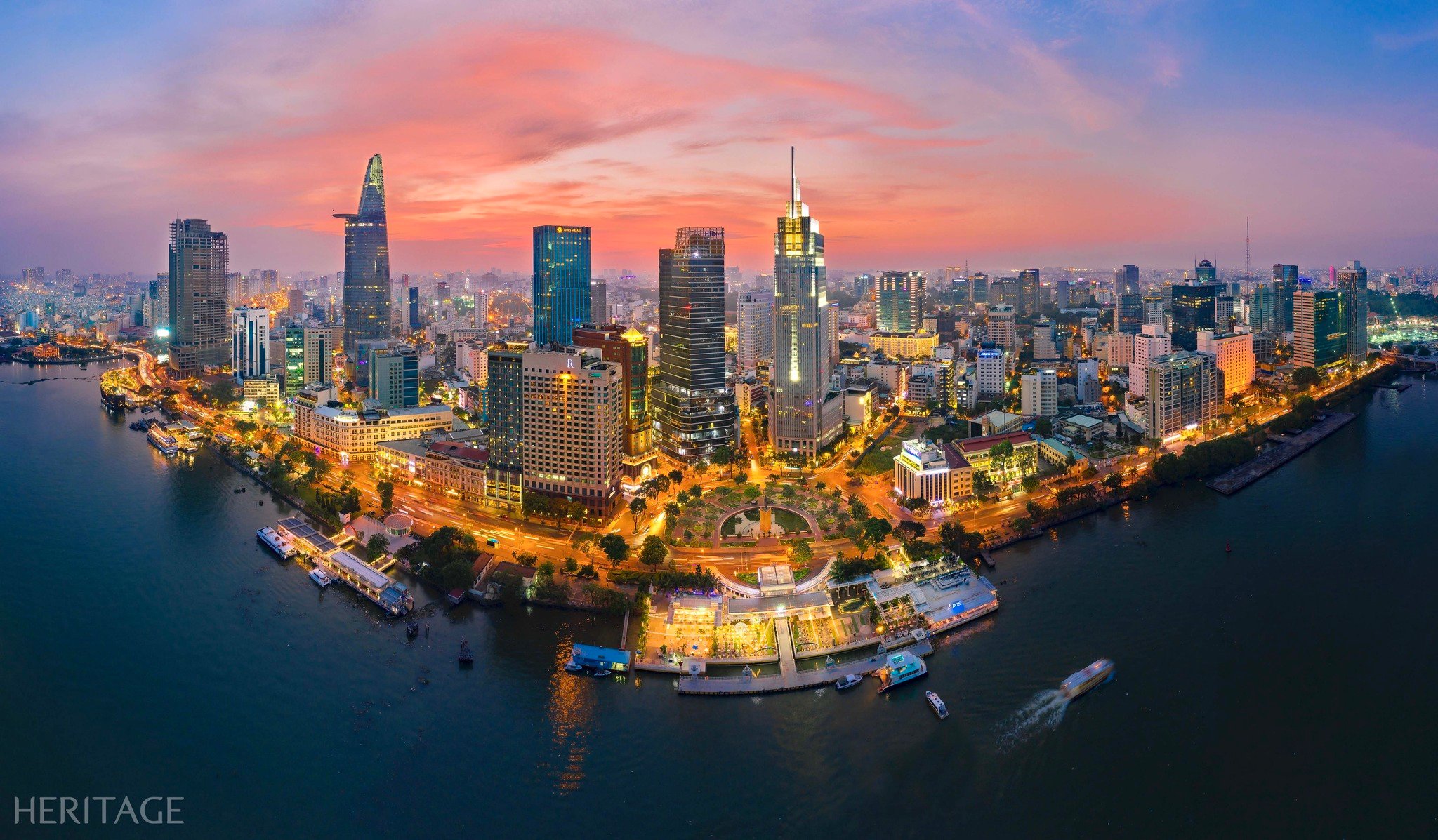



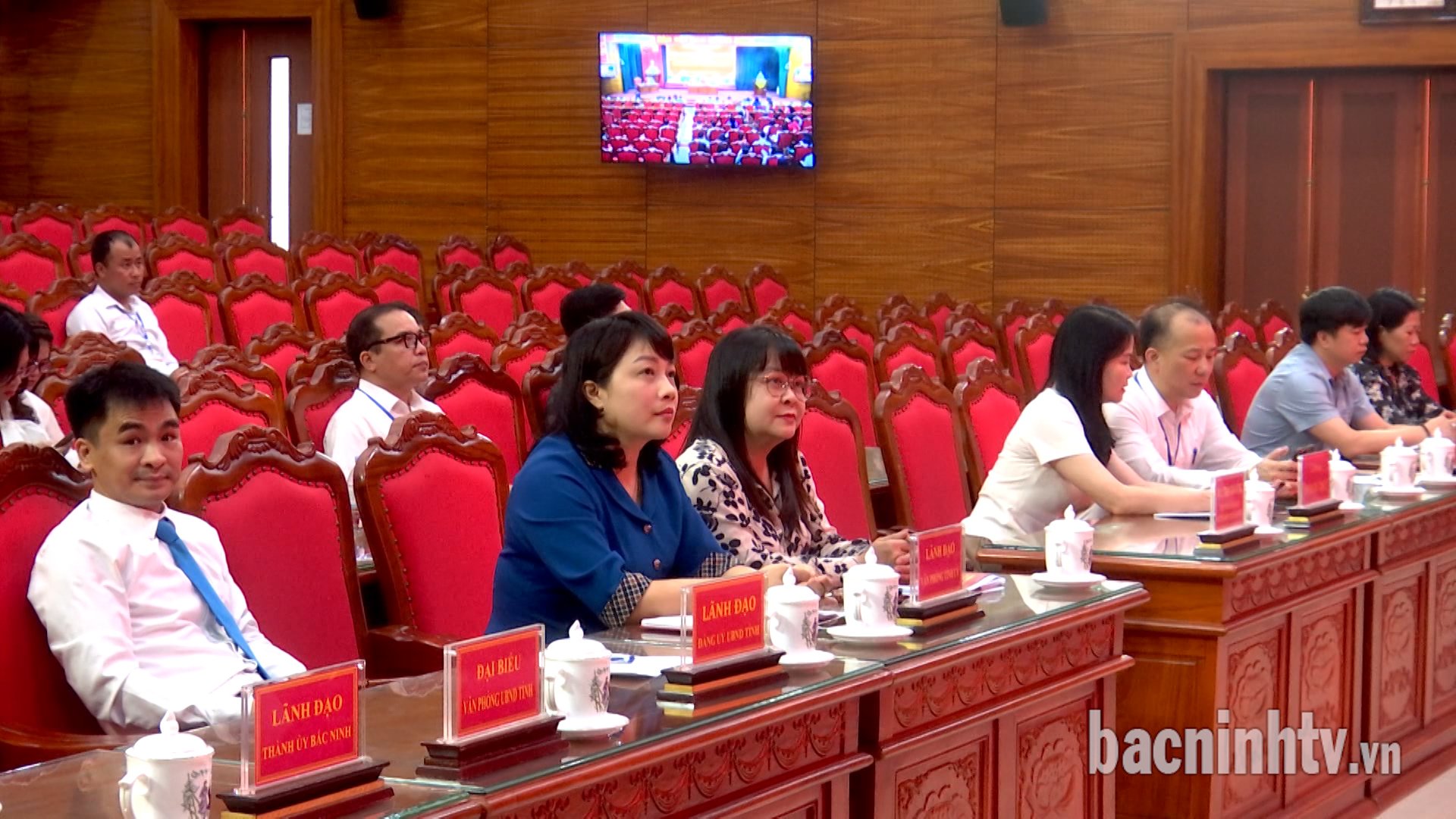
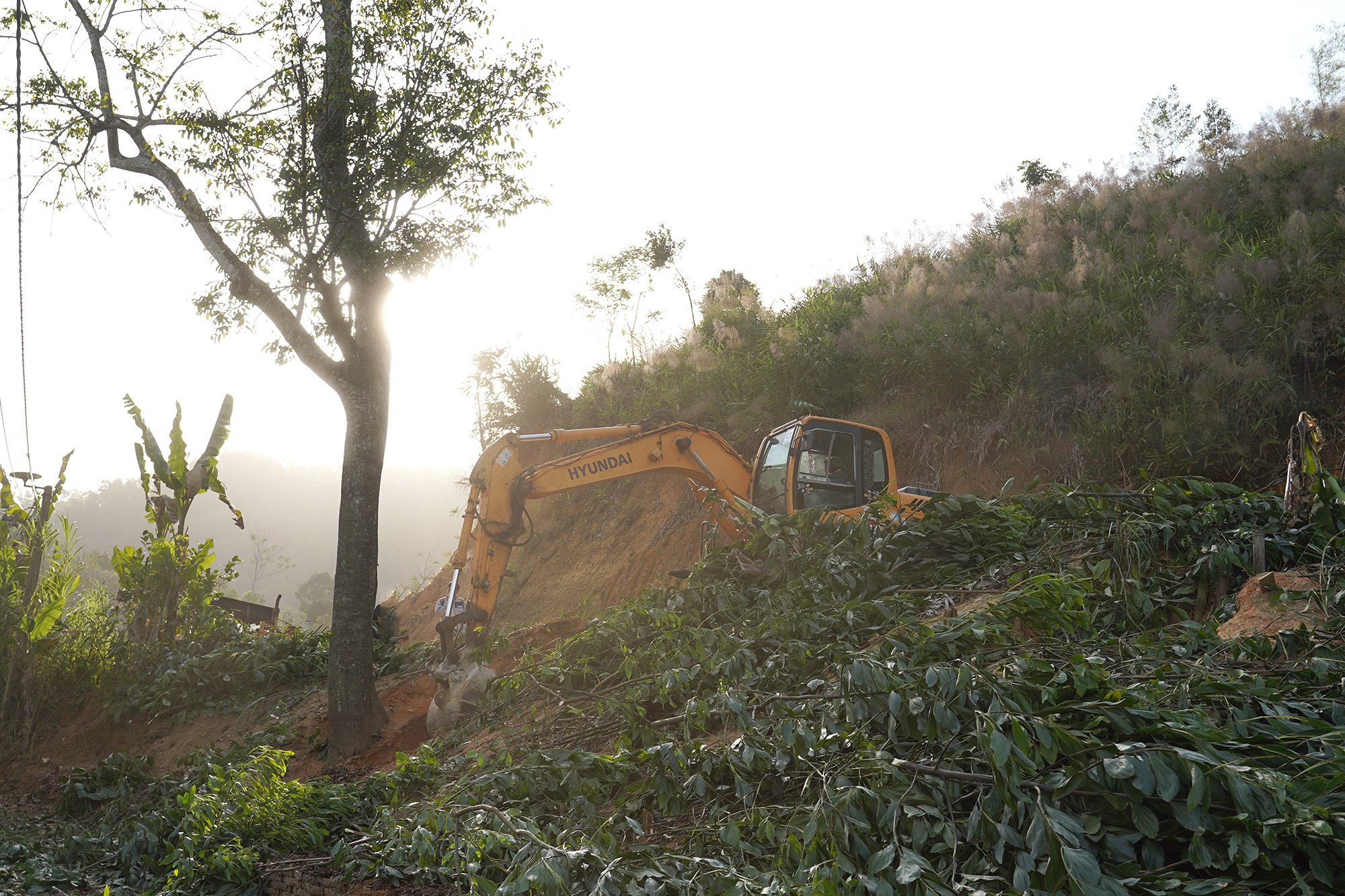



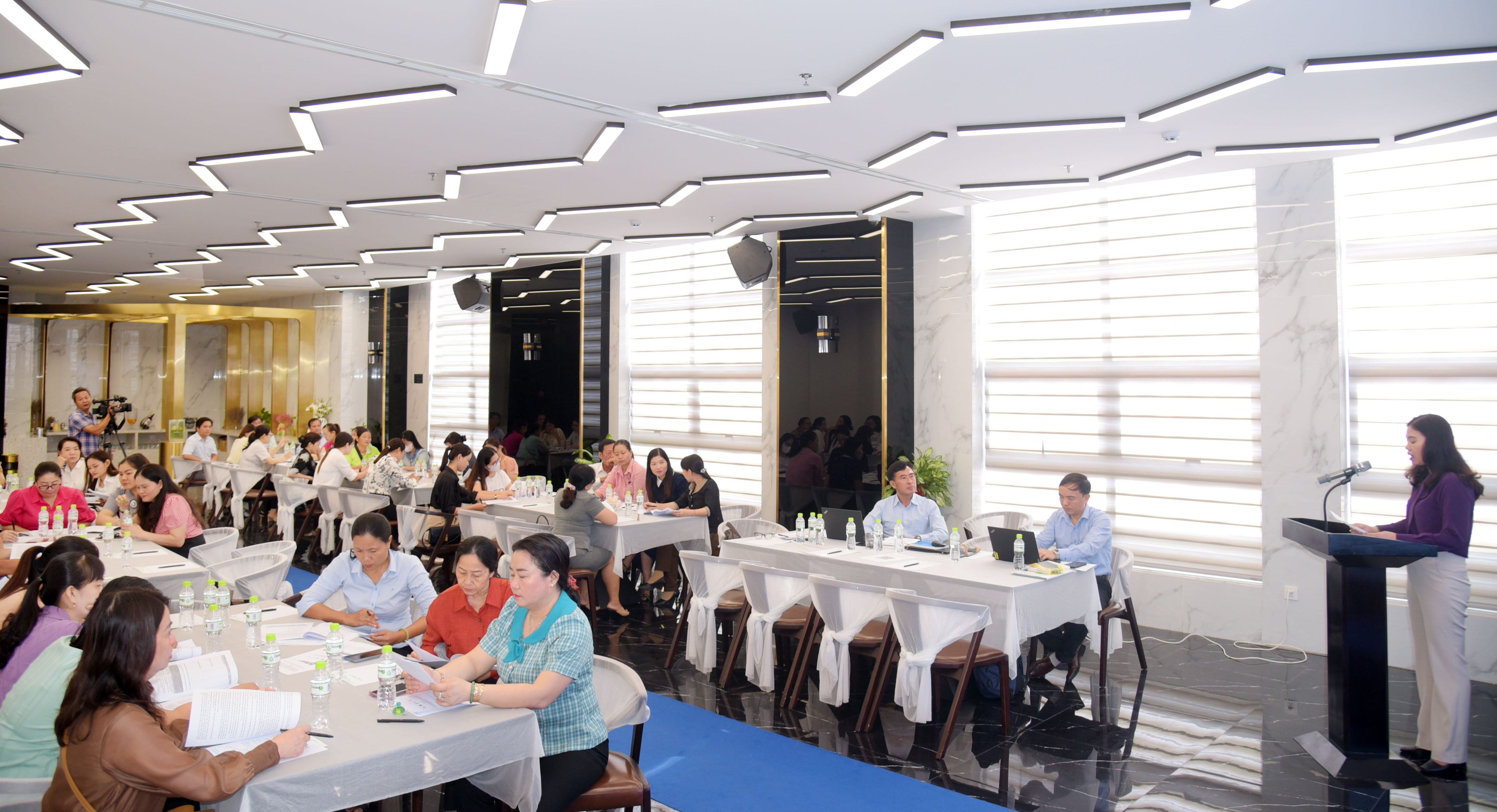
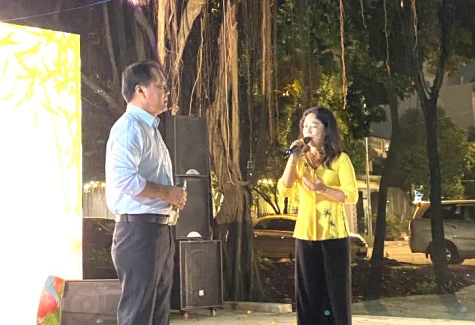

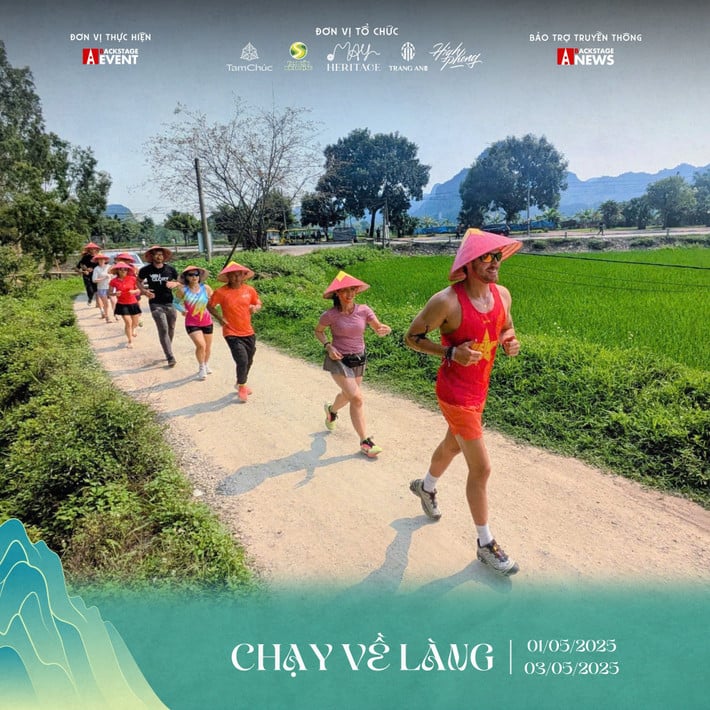

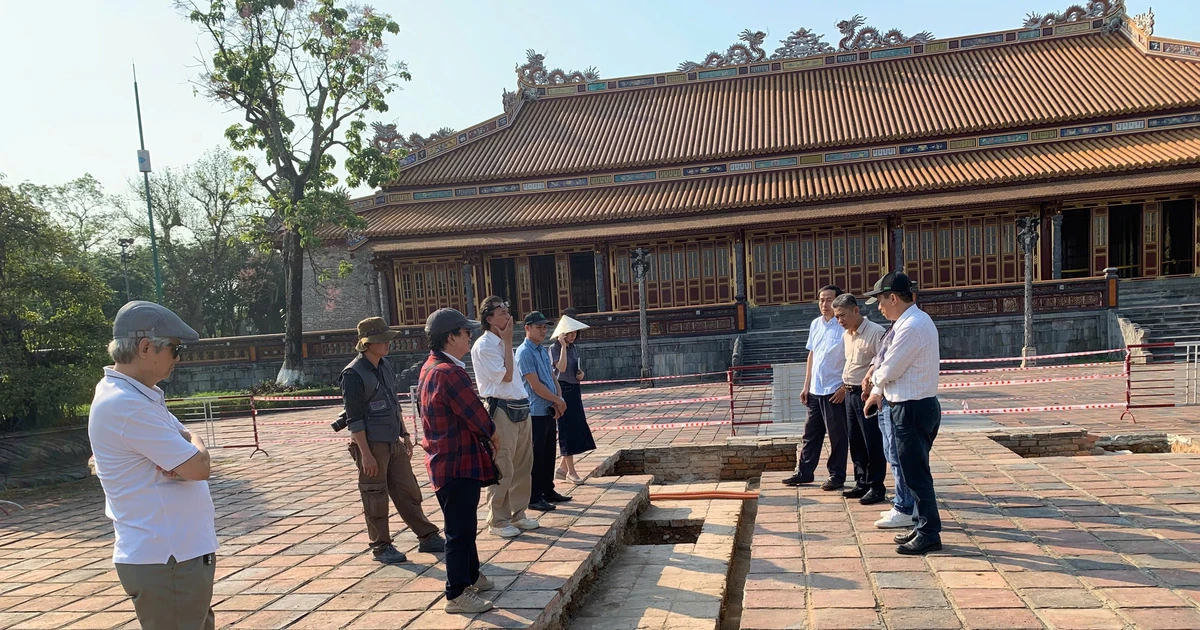

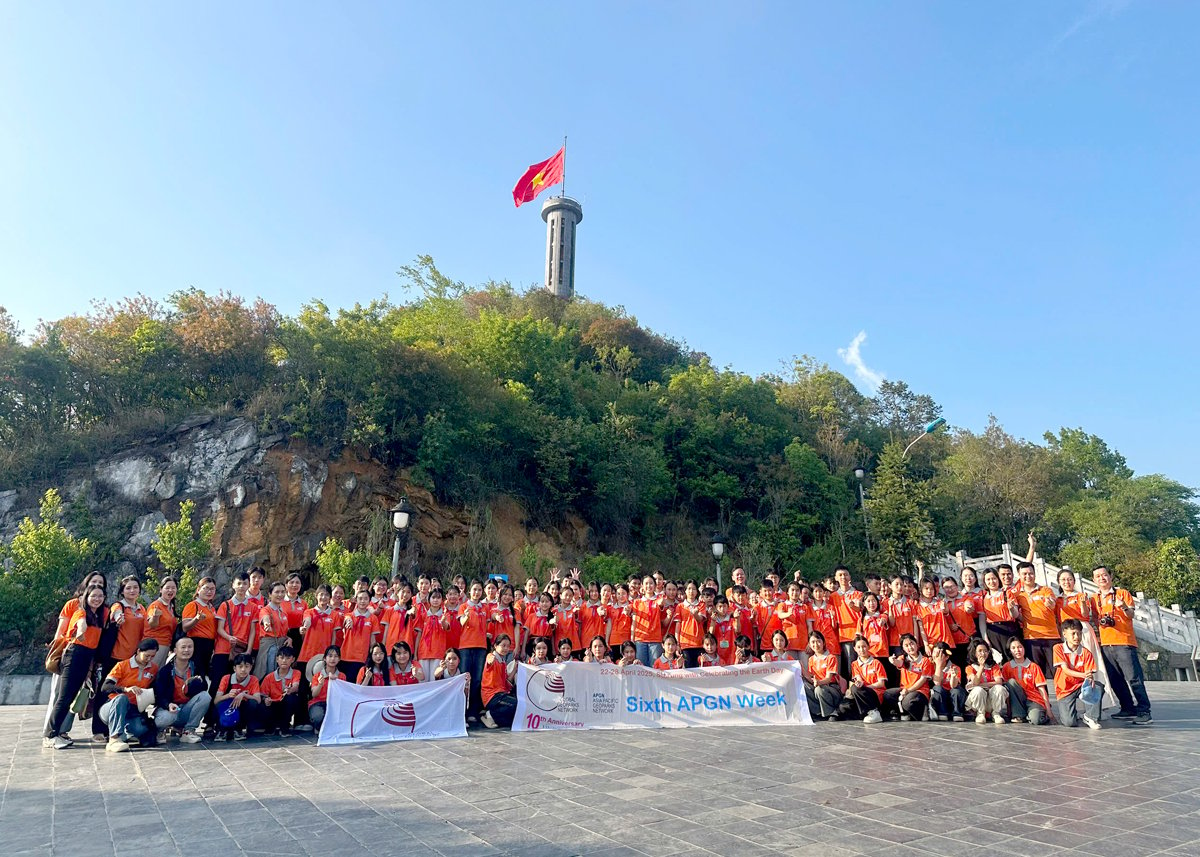





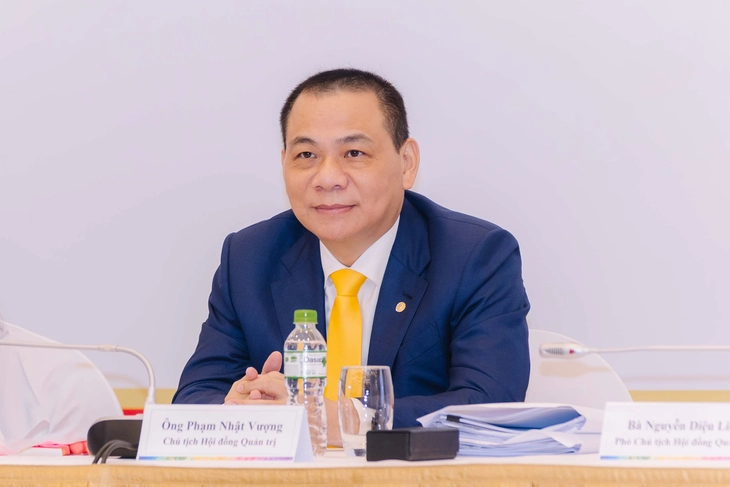



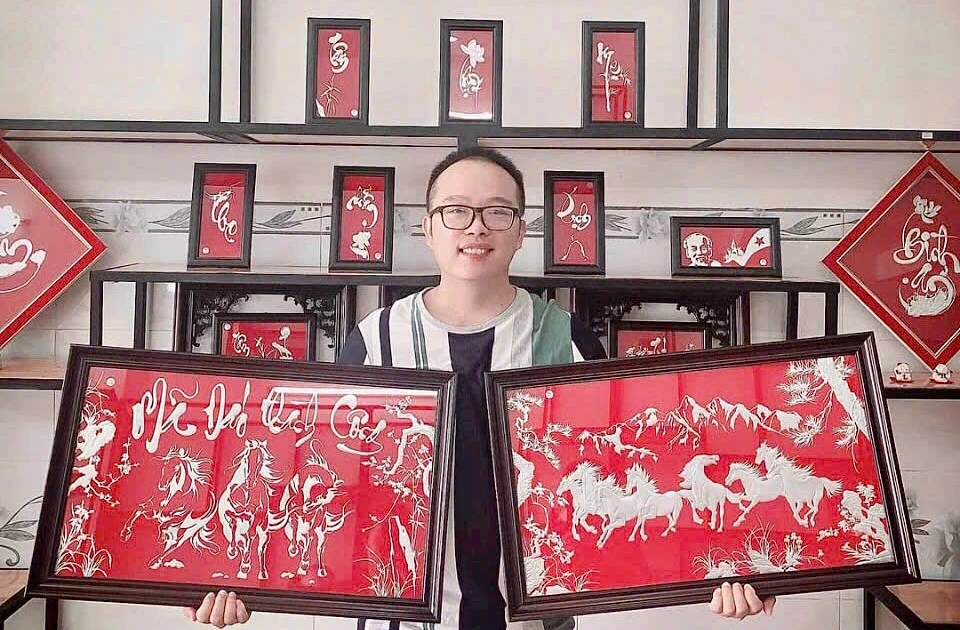








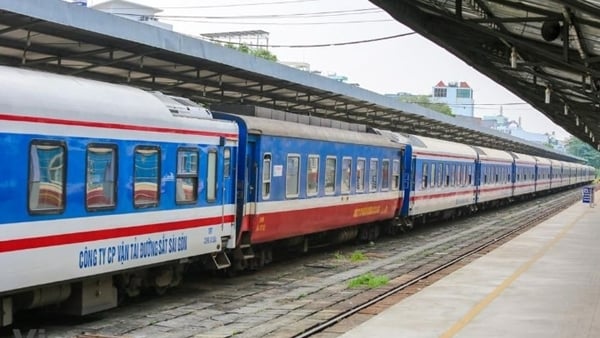
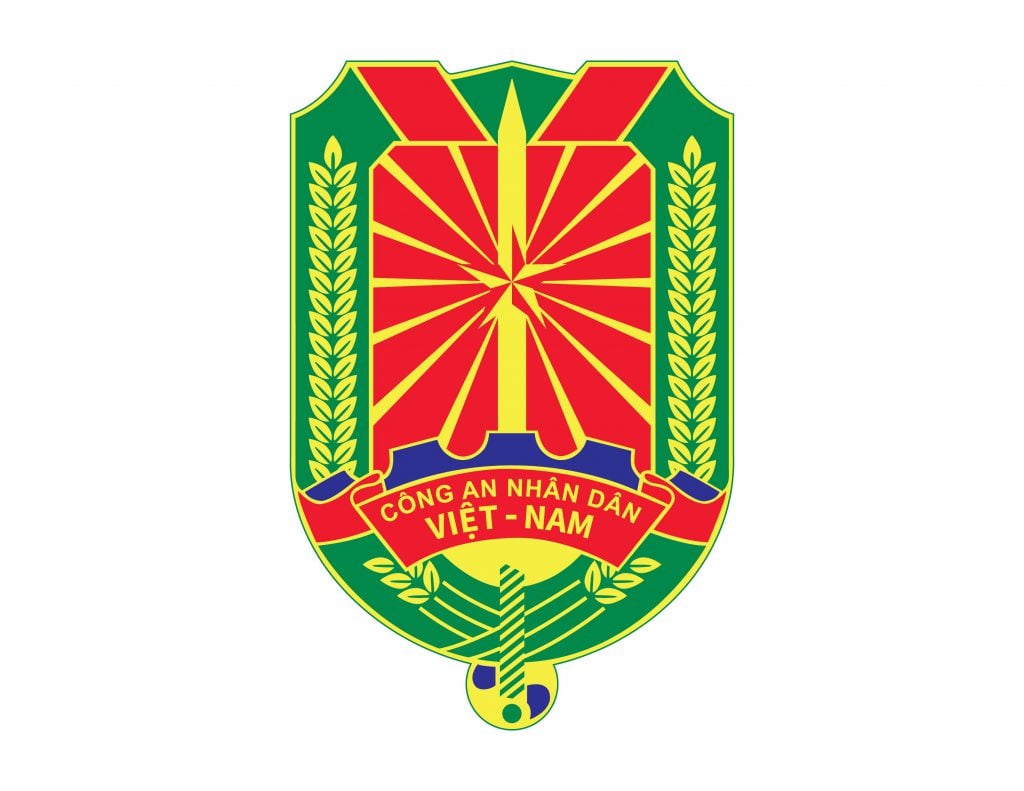






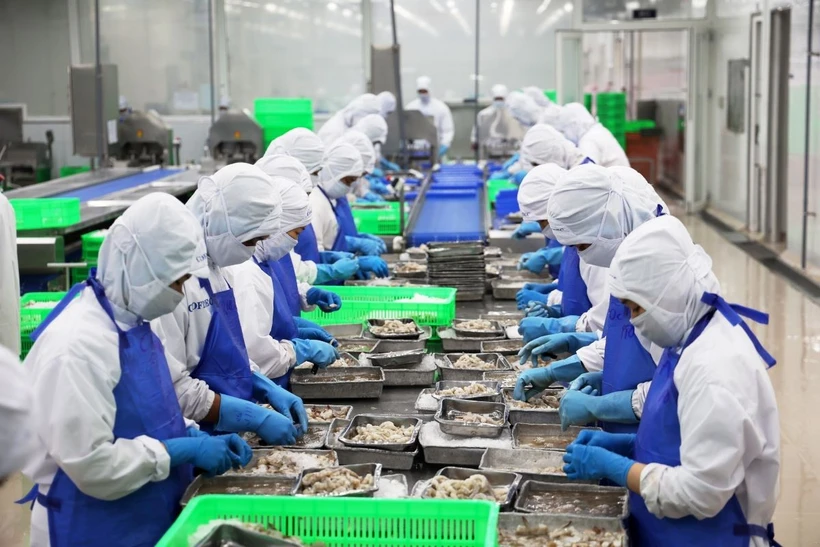







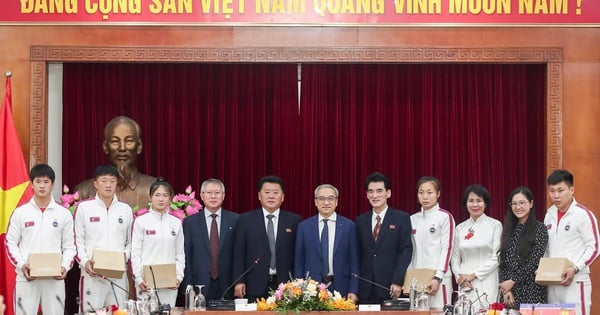

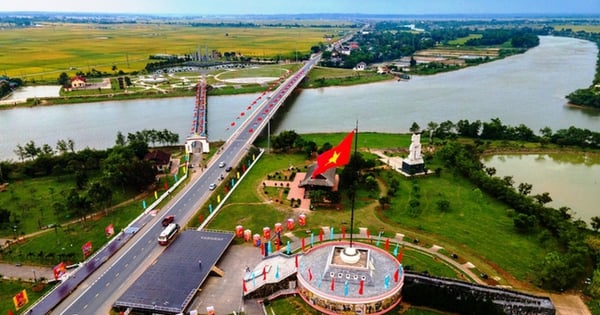
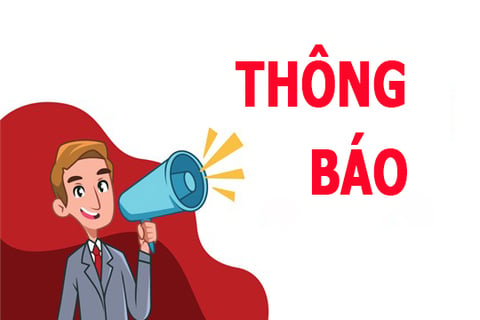



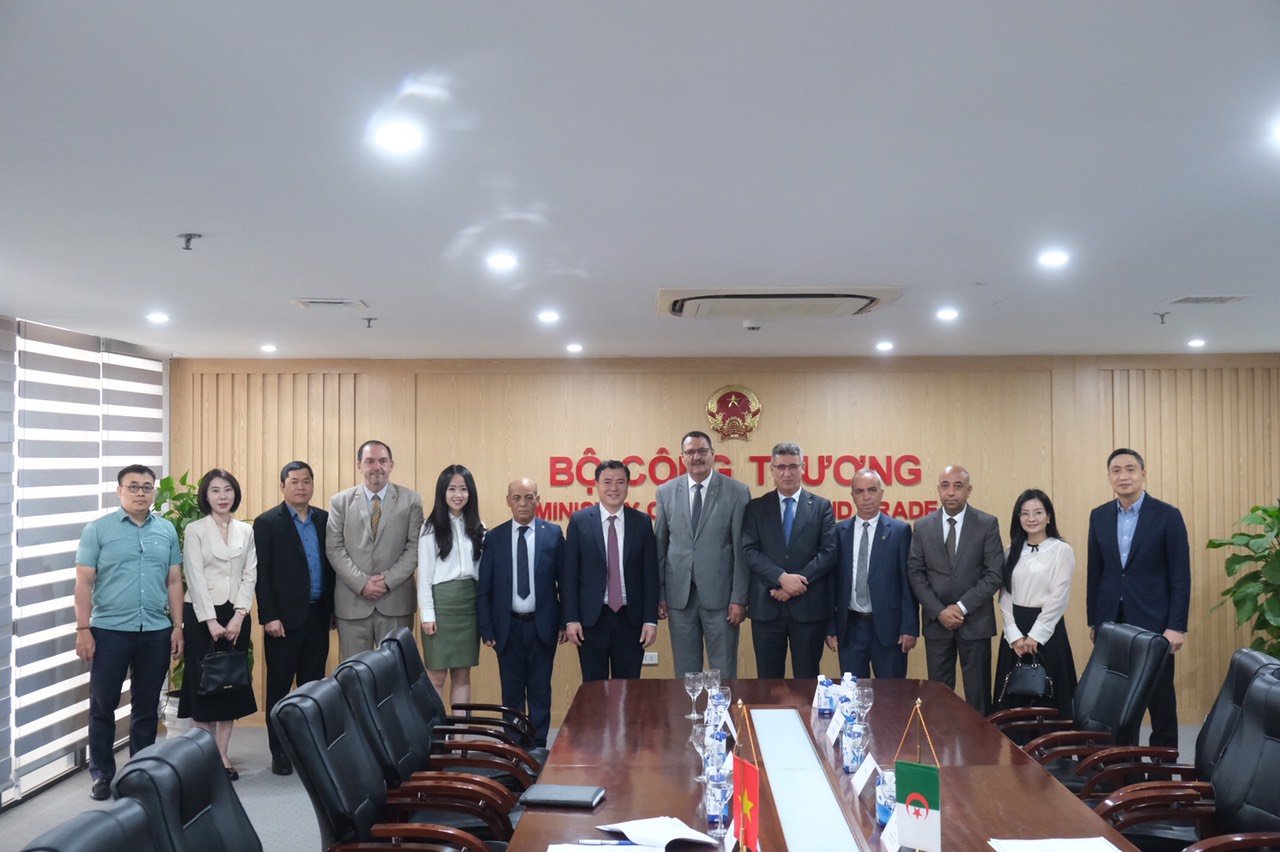




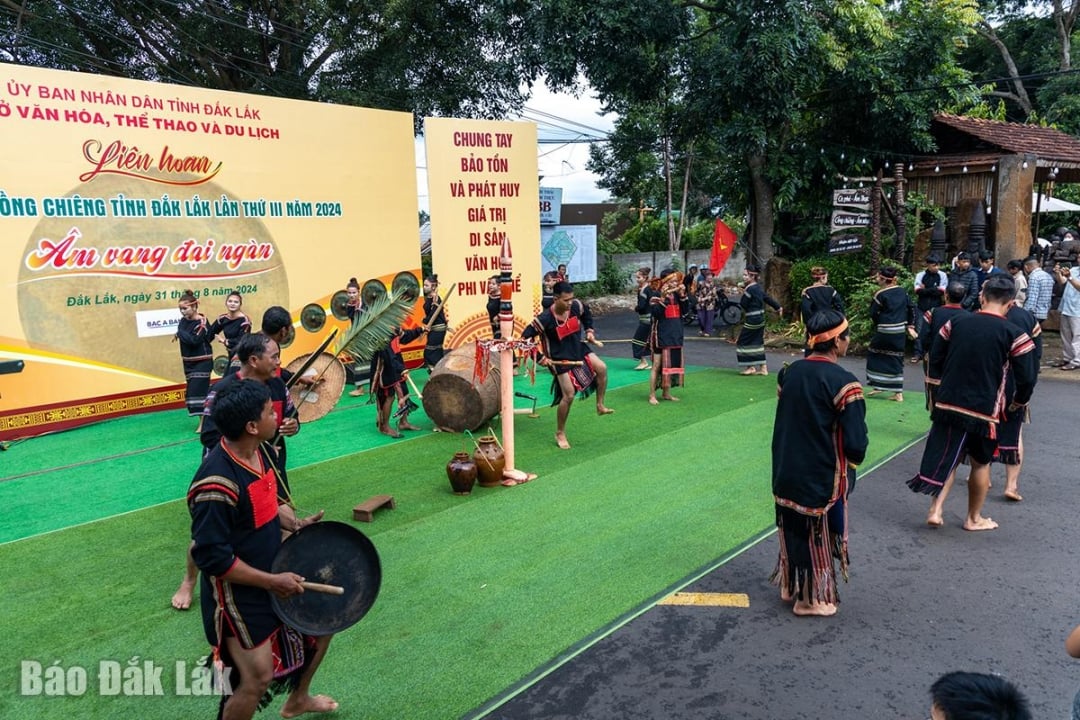
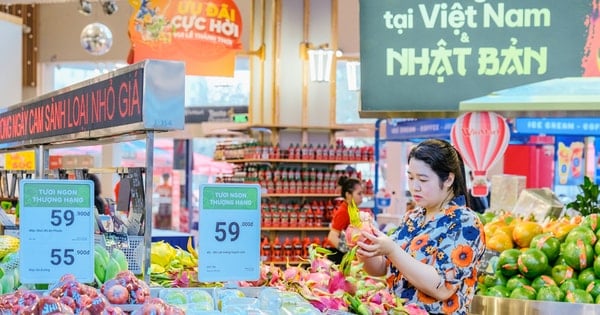




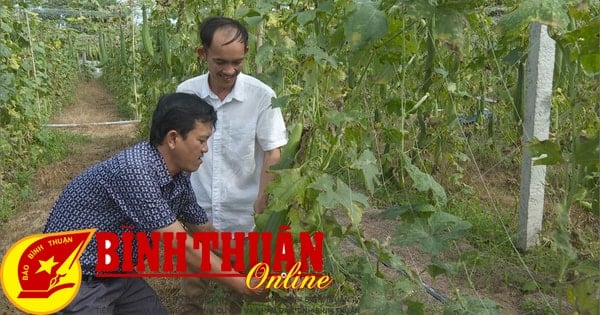

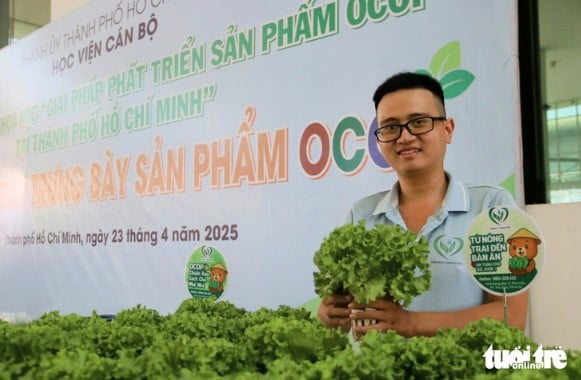
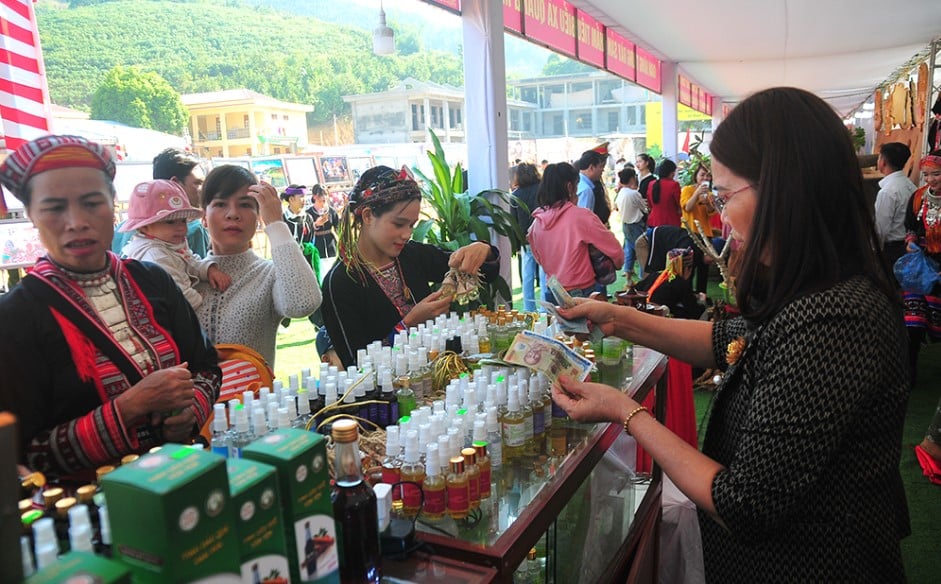
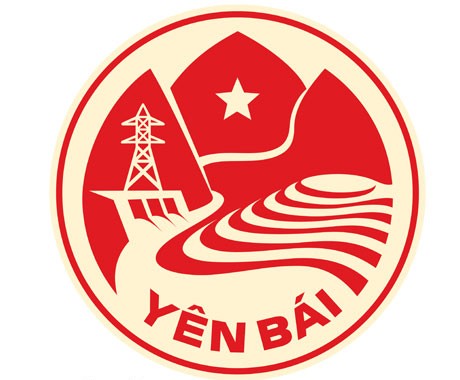

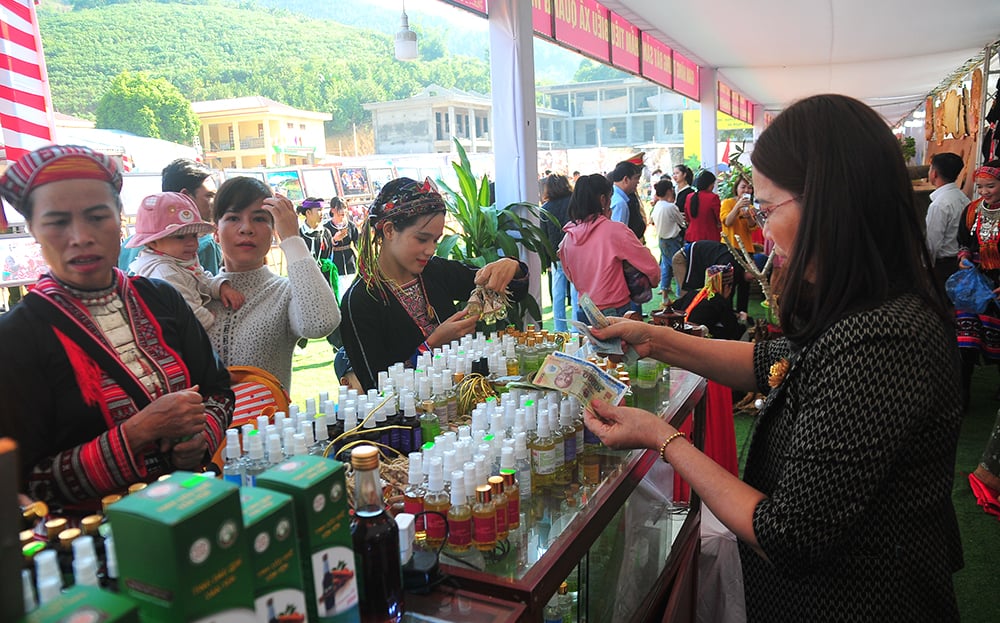
Comment (0)